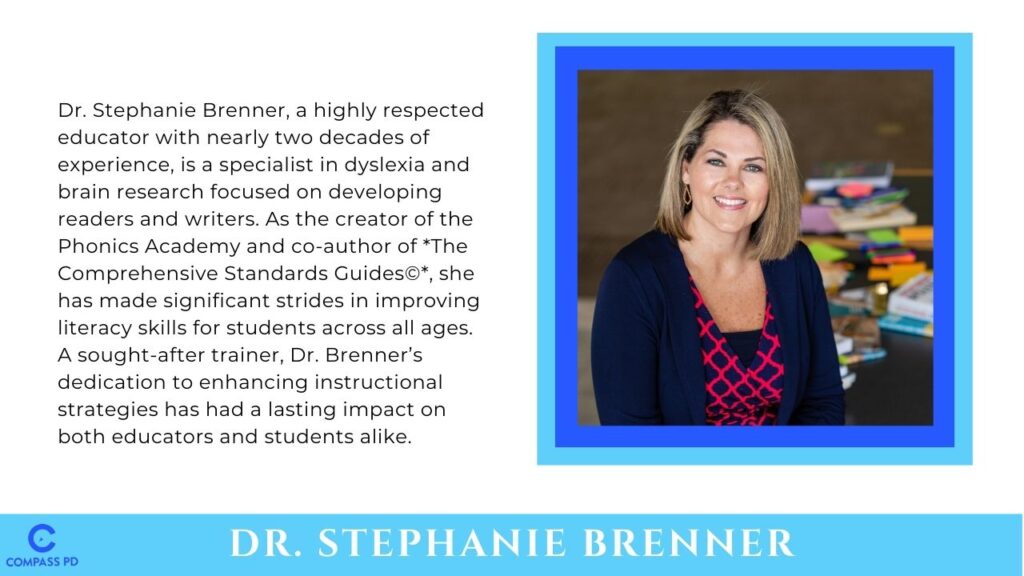Coaching with Heart (and a Side of Chocolate)
By Dr. Stephanie Brenner
If you have spent time as an instructional coach, you have probably found yourself in moments that go far beyond lesson plans, data analysis, or pedagogy. One minute, you were discussing a lesson, and the next, you were comforting a teacher whose eyes welled up with tears. In those moments, you were more than just a coach; you were a counselor, a confidant, and a safe space.
Welcome to the unspoken yet undeniable emotional side of instructional coaching.
The Emotional Core of Coaching
Dr. Jim Knight, an expert in instructional coaching, emphasizes that effective coaching hinges on partnership. His Impact Cycle framework highlights the necessity of mutual respect and deep listening in effective coaching. Instructional coaches are dedicated to providing supportive, non-judgmental guidance, while administrators often focus on performance evaluation. Teachers feel heard, valued, and respected when coaching is done well. Research in education and psychology confirms that emotionally supported teachers are likelier to stay in the profession, experience less burnout, and ultimately perform better in the classroom.
Author Elena Aguilar claims trust is the foundation of any coaching relationship, which is why teachers often turn to instructional coaches during emotional moments. Without it, there is no vulnerability; without vulnerability, there is no growth. Teachers need more than instructional support; they need a thinking partner, a sounding board, and, sometimes, someone to validate the challenges of teaching. All this to say—it is a compliment to your coaching when teachers are comfortable enough to be emotional with you.
Creating Safe Spaces for Real Conversations
Vulnerability is not accidental—it is cultivated. Here is how coaches can encourage teachers to open up:
- Start with listening, not fixing. Too often, coaches (especially those of us who love a good strategy) jump into problem-solving mode too soon. Coaching expert Michael Bungay Stainer calls this “the advice monster.” Instead, be an active listener, validate feelings, and ask lots and lots of questions before offering solutions.
- Model vulnerability. Share struggles you have faced as an educator or even as a coach and their outcomes. Be willing to mess up and be wrong and learn from them. When teachers see your authenticity and that you are human, too, they are more likely to reciprocate.
Make every meeting a judgment-free zone. Teachers will not voluntarily come to you or share if they fear being judged. Nor will they share if they fear their failures will be held against them. Set a tone of acceptance and growth. Just like with students- always meet them right where they are. This might mean you need to abandon the original purpose or plan of the meeting. (But do not worry! This will pay off in big ways in the future!)
Navigate Emotional Moments Like a Pro
When emotions run high, instructional coaches must be prepared to act quickly and handle the moment with care. Here are a few tips to help:
- Don’t underestimate the power of silence. Sometimes, the best thing you can do is let the pause sit. Silence allows processing, and processing leads to clarity. During the silence, you might grab some tissues or offer to hold their hand.
- Recognize deeper issues. If a teacher frequently breaks down, it may signal burnout or deeper professional struggles. Offer support, but also help them access additional resources if needed. For example, they may need to schedule time with an administrator, building counselor, or mentor if a situation is beyond your scope as an instructional coach. You can help them plan for those meetings by clarifying their needs, practicing how to initiate the conversation, or gathering data to take with them.
- Know when to pivot. If a coaching session is becoming more about emotional support than instruction, acknowledge it: “I hear how much this is weighing on you. Let’s pause our coaching conversation and focus on what you need most right now.”
- Always have tissues and good chocolate on hand. Don’t underestimate the power of a basket of chocolate on your desk. So many incredible coaching sessions were sparked simply because teachers came in for chocolate and stayed for the conversation. These small gestures acknowledge the emotional realities of the job and make teachers more comfortable.
- Use reflective questions. Instead of jumping in with advice, ask, “What do you think is at the heart of this?”, “What do you need most right now?”, or “How can I help you best right now?”
- Check-in beyond the coaching session. A simple follow-up text or email (“I’ve been thinking about our conversation. How are you feeling today?”) provides support and builds trust. Stopping by their classroom to check on them later in the day is another way to provide support. This reinforces that your support extends beyond your coaching sessions.
Take care of yourself, too. Coaching can be draining when you are dealing with the emotions of others. Find your support system—a mentor, peer, or professional development on emotional resilience.
Final Thoughts
Instructional coaching is about more than improving instruction—it is about supporting the whole teacher. The best coaches are not just experts in literacy or math; they are skilled listeners, empathetic responders, and trusted allies.
So, the next time you find yourself in a coaching session turned therapy hour, know that you are doing more than just helping a teacher navigate instruction. You are helping them navigate the emotional highs and lows of one of the most demanding yet rewarding professions. And that, my friend, is some of the most important coaching work you will ever do.
Now, go stock up on tissues and chocolate. You are going to need them.
References
Aguilar, E. (2013). The art of coaching: Effective strategies for school transformation. Jossey-Bass.
Agyapong, B., Obuobi-Donkor, G., Burback, L., & Wei, Y. (2022). Stress, burnout, anxiety and depression among teachers: A scoping review. International Journal of Environmental Research and Public Health, 19(17). https://doi.org/10.3390/ijerph191710706Knight, J. (2018). The impact cycle: What instructional coaches should do to foster powerful improvements in teaching. Corwin.

